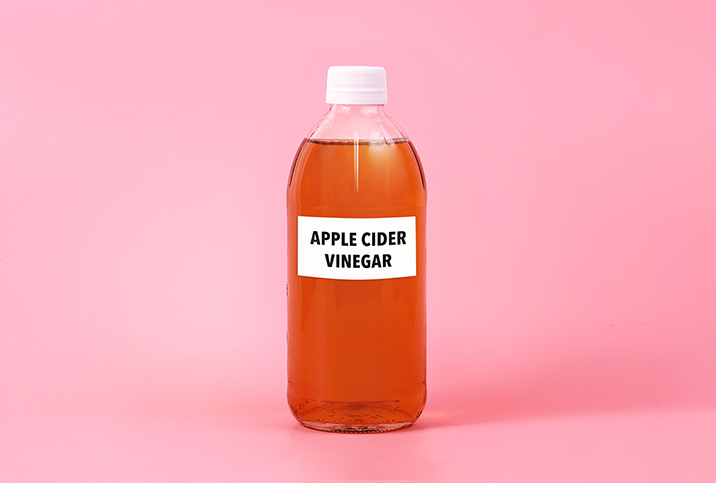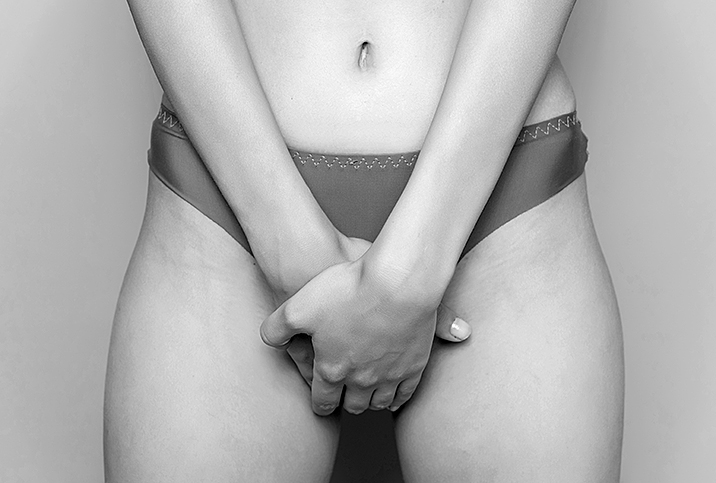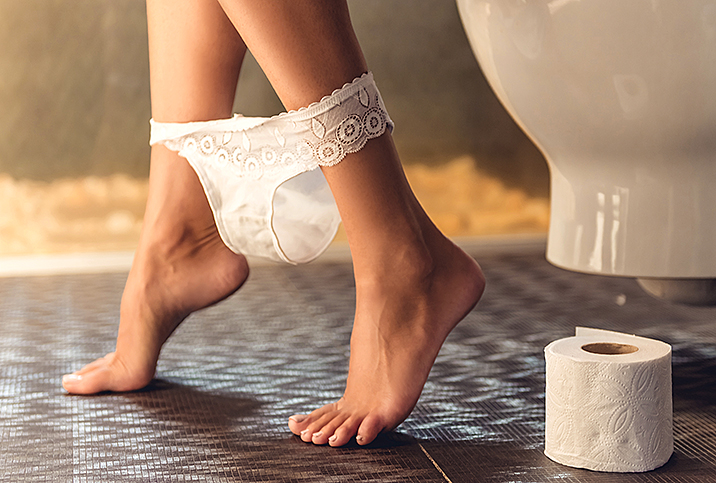Natural Treatments for Yeast Infections

A yeast infection, also referred to as vaginal candidiasis, is a fungal infection that causes discharge, irritation and itchiness of the vulva and vagina. Seventy-five percent of women will get a yeast infection sometime in their lives.
If you have a yeast infection, you can either make an appointment to see your doctor to get a prescription or run to the pharmacy for an over-the-counter treatment. However, you may be able to cure your yeast infection with something you already have at home, and that'll save you time and money.
Tea tree oil
Premade vaginal suppositories are best for treating yeast infections, but you can also dilute tea tree oil with a carrier oil (such as a vegetable or nut oil) and apply it to the affected area externally. Never apply tea tree oil inside the vagina as this could burn the vaginal mucosa.
Tea tree oil is good for killing bacteria and fungi, and is an extremely popular product in the world of skin care. Use tea tree oil sparingly and never let it touch your skin without first being mixed with a carrier oil.
Apple cider vinegar
Apple cider vinegar is acidic, and that means it will kill any harmful bacteria causing a yeast infection. Taking an "apple cider vinegar bath" is better than douching, which can flush out both good and bad bacteria, potentially leading to more problems and a recurrence of the yeast infection.
Try adding a half cup of apple cider vinegar to a bathtub with lukewarm water. Submerge yourself in the mixture for 20 minutes. Always make sure to dilute the apple cider vinegar with water before letting it come into contact with your skin.
Coconut oil
Coconut oil is well-known for helping to balance hormones and staving off digestive issues. In addition, there have been several studies proving the antifungal activity of coconut oil against certain kinds of yeast infections.
Make sure you purchase organic 100 percent coconut oil, which is derived from the fatty flesh of the inside of a coconut. And don't worry if it doesn't smell strongly of coconut; that's how you know it's the real thing.
You should apply the oil directly to the affected area. Again, this oil is meant to be applied externally and not inside the vagina.
Vitamin C
If you have recurrent yeast infections, at least four a year, you may want to do something to boost your immune system. A weak immune system, or one compromised by illness or antibiotics, may make you prone to yeast infections.
Adding vitamin C to your diet is a great way to ensure your immune system is acting as it should to keep yeast levels under control. Some foods rich in vitamin C include broccoli, citrus fruits, peppers, potatoes, strawberries and Brussels sprouts. You can also take vitamin C supplements.
Do not, however, apply topical vitamin C to the vaginal region.
Greek yogurt
While an overgrowth of Candida—the fungus that causes candidiasis—will result in a yeast infection, the vagina still needs healthy bacteria to keep it functioning properly.
Greek yogurt contains live cultures that can reduce Candida while still supporting a thriving vaginal biome. Plain Greek yogurt doesn't contain any added sugars that could feed Candida, making it the best choice if you want to give this solution a try. Please note that you should be sure to consume the yogurt—don't apply it topically.
You can also take a probiotic supplement to address yeast infections. Probiotics such as Lactobacillus acidophilus tablets, taken twice daily, will not treat yeast infections but will prevent them. The healthy bacteria in the probiotic will outnumber the yeast and other bad bacteria in the vagina, thereby preventing recurrent vaginitis.
If your yeast infection shows no signs of improvement within a week or is a recurring issue, see a doctor about getting a prescription. Remember, having a yeast infection is a very common occurrence, nothing to be ashamed of and usually easily resolved.


















